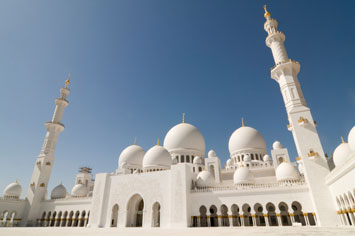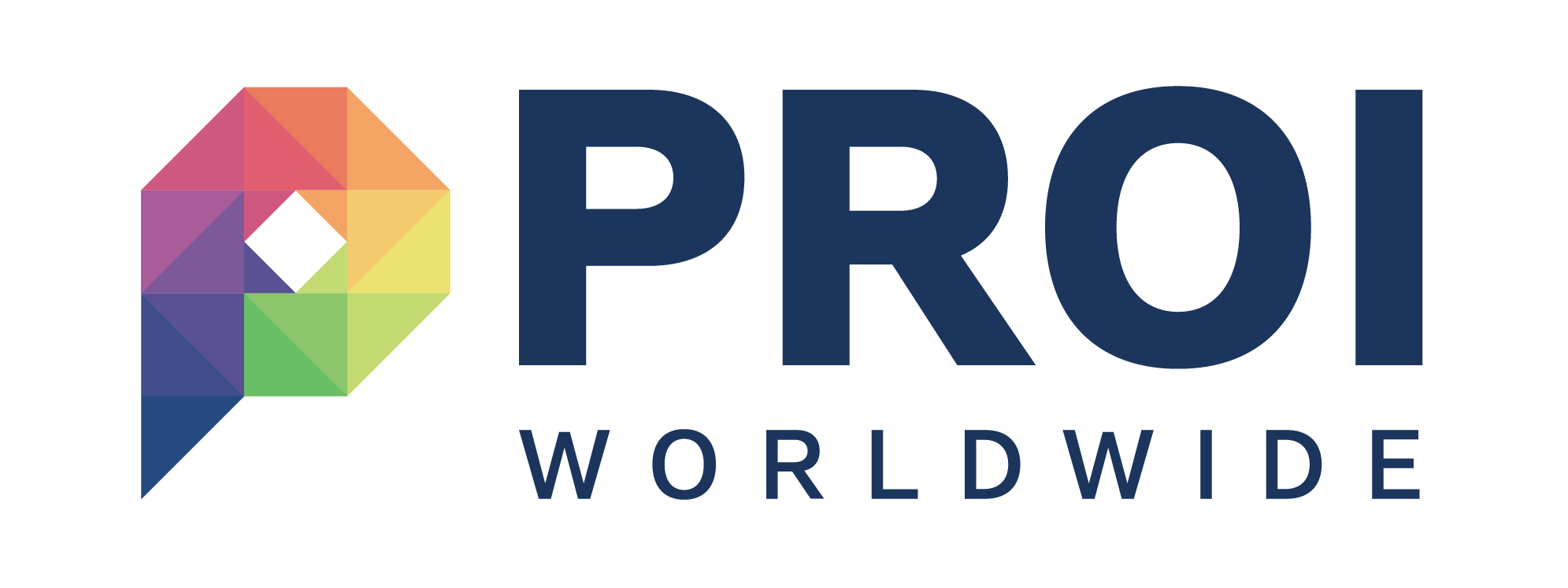Doing Business In - Middle East
Media

Middle East Media Landscape
The local media has developed and evolved over the last 5-10 years—with an increased press freedom of speech clearly been seen through today’s news- The average reader is increasingly becoming sophisticated, demanding, and more aware of the various options, channels, and selections.
- Over the past two years, there has been a tremendous increase in free-to-air television channels broadcasting to the Arab world. Currently, there is more than 470 free-to-air television channels as opposed to 260 in 2008
- Newspapers remain resilient to the economic downturn:
– Between 2003 and 2009, compound annual growth rate (CAGR) of daily newspaper was 4.6%, reaching 189 newspaper titles in the Arab region in 2009.
– Forecasts show a steady CAGR of 2.3% in total daily newspaper circulation in the Arab region between 2009 and 2013, reaching 12.3 million in 2013 as opposed to 11.4 million 2009.
– 41% of Arabs obtain their news from newspapers only.
- These figures indicate that focus of newspapers and trade publications remains extremely important for organizations
- There are 190 free-to-air radio stations
- The boom of the press has been hindered by the economic downturn over the past 2 years.
- Magazines in the Middle East were effected during 2009 with over 120 titles closing down
- The overall circulation of Gulf Magazines dropped by 7% in the first 6 months of 2009, Business and trade magazines witnessed the highest drop of 20%
- Almost 50% are headquartered in the Gulf
- Survival of the fittest ensured that publications of quality survive the economic downturn
- More than 100 publications in the Middle East are now being audited or are applying for audit by global circulation audit body BPA Worldwide
- There is a growing trend in digital and online media.
– High geographic reach
– Very quick reactivity, swift response to breaking news
– Publications resonate longer as they are stored on the World Wide Web
– Publications are easier to reach
– 38% CAGR in Arab-Region broadband subscriptions projections between 2007-2013 mean there are an increasing number of internet users in the Arab World.
– 14$ CAGR in Arab-Region mobile subscription projections between 2007 and 2013 indicate a growing market for content-rich applications on mobile, leaving room for great media-exploitation.
Media Overview-UAE
- The UAE is by far the most “influential market” when it comes to media and events
- Media that emanates from here but covers the region is based in the UAE and key regional/international media such as Al Ahram, Reuters, AP etc have their regional offices here
- The greatest percentage of Pan Arab media is generated and distributed from here
- Many of the technology and business focused media in markets such as Qatar and Bahrain utilize news from on-lines and UAE newspapers in their in market issues
- Event organizers are all based here and cover the region Media
Overview-KSA
- The media environment in Saudi generally consists of no technology/property focused media and only the national dailies
- The standard and practice of journalism there is very low and is driven primarily by a direct link to advertising—sad but true
- Media there are very press release focused and despite conducting interviews, attending events and expressing interest—generally require the Agency to provide the written editorial or release, any pics, graphs and even write and provide a Q&A.
Media Overview-Egypt
- The Egyptian media scene has evolved and grown hugely…
- A wave of TV and radio stations, internet radio and newspapers, with more to come—over 660 listed!
- A wave of competing talk shows…
- Egyptian TV & satellite development programs—new NTN channels
- We are seeing more media opportunities BUT also more “clutter” and “noise”
- Seeing better reporting and media quality overall in the Egyptian media scene
- Debut of social media that is starting to make an impact Media
- Kuwait is always touted as the country with the freest press, however it is not always the most pro-active nor the most referenced for the level and standards of journalism
- It is therefore very much about media relationships and a mutually beneficial relationship being created
- The media in Kuwait are generally interested when the news is relevant to Kuwait and is NOT a UAE centered release
- They are also swayed by big “brand” names Media Overview- Bahrain
- Very small media universe and dominated by the dailies and their business sections
- This means that the media relations focus needs to be Bahrain or regionally relevant to make the “news” there – editorial policy there is to reject UAE based news generally
- Events are effective and targeted and media can often be engaged through these Media
Overview-Qatar
- Qatari media is very small with no technology or technology focused media
- There are business titles however these tend to be commercially driven—ad related to editorial
Dailies are the primary medium and, like Bahrain, these would be influenced by market relevant news and activity The Daily and Business Press Much of the technology and technology business driven media and content emanates from the UAE However some of the media in countries such as Jordan, Egypt and Pakistan do have some titles that have some traction in their local markets.
Overall though much of the in-market media focus is on the dailies and their technology sections where they have them Business media is more prevalent both at the Pan Arab and at specific country level with a wide range of good print, online and broadcast media available on a country by country basis. These offer opportunities not only for the basic media relations activity but also for conducting initiatives designed to “lift” Clients out of the general “noise” within the magazine / newspaper / news site There are challenges within each market to conducting effective media relations and this requires a communications partner that can; A) Understand the media in each market B) Have the relationships with the key media C) Have the people at different levels and in challenging geographies who understand their media Trade and Vertical Press.
The Trade media has been pretty much covered in the section above. Vertical media do exist across a number of the key sectors in the region—oil and gas, utilities, banking and finance etc The “editorial policy” that some of these adopt can be very advertising driven but the Agency has identified the more ethical ones and the ones that have the best reputation amongst their intended target audiences and maintains a relationship with many of them through its activities for a number of Clients either focused on some or all of them across the region.
TV and Radio There are a great many satellite TV channels as well as many commercial radio stations. There are a number of technology and business shows that can be leveraged as well as on going projects that Active PR has with TV Production Houses to pilot and run out a technology focused show that will be franchised to one or two of the major Pan Arab broadcasters.
Radio is very inconsistent as one crosses the Middle East region. Many commercial radio stations are not formally audited and there are widely varying approaches by the governments of the region to censorship for this medium. With the advent of digital radio and Worldspace type services this is even more fragmented. In the UAE, Egypt and Lebanon one can find a diverse and lively commercial radio scene. Whereas in Kuwait and Bahrain these are heavily controlled by the governments and in Saudi where commercial radio is largely banned and relies on stations such as ‘MBC’ to provide private light and news entertainment channels Both mediums can be leveraged both for in market focused activity as well as for business stories and activity.
Social Networks and Influencers and Opinion Leaders Social Networking—in this region—has become a “buzz” word in marketing, advertising and public relations circles and a feature on many an RFP recently in this region. At Active PR we are aware of, are working with and are evolving our thinking of this medium but at this stage are not experts in its EFFECTIVE use for Clients in this region or in developed campaigns that leverage this tool. We do realize that this is “the future” but at the same time question its effectiveness at this stage in its Middle East evolution given the present numbers and stats that are presently available.
